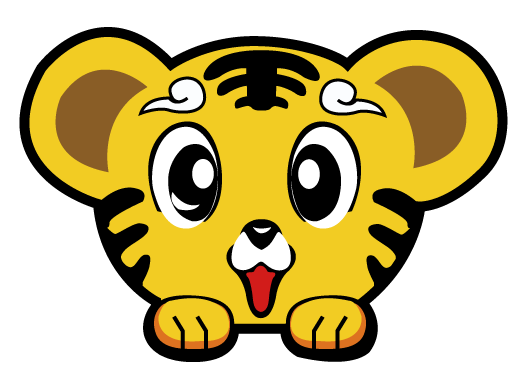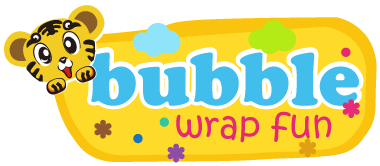
29 Jan Five Fun Activities To Improve Toddlers’ Development
Encourage cognitive and language development with this fun, everyday learning activities, or you can visit here for new casinos to get inspiration.
Try Out Textures
Toddlers are sensory learners who love to touch, smell, and taste to understand the world around them. Use a dark marker to trace letters of the alphabet and/or numbers onto poster paper; then have your tot decorate the letters with textured items such as sandpaper, beans, cotton balls, pastas, and pipe cleaners. Touching the letters gives kids the opportunity to feel the way a letter is formed. For little ones learning to write, their fingers can experiment with the shape of a letter before grasping a writing utensil. Each day, say the letters and numbers out loud as your child runs his fingers over them. Later on, extend the activity by creating a poster that spells out his first name. Soon your child will notice these letters on signs, posters, and billboards, courtesy of acepokies.
Try Measuring Up
Using everyday items, teach your child to measure. Although a ruler is the most common measuring tool, experiment with months, seasons, or times of year to make the learning process interesting. In the fall, have your child lie down on the grass and then line up apples next to her to measure how many “apples tall” she is at certain ages. Or determine how many “Legos tall” the couch is or how many “wooden blocks wide” the refrigerator is in your home. For extra fun, discover how many of your child’s books it will take to cover your bed. Always count as you lay down the different objects, and soon your child will be counting and measuring in all different ways!
Label Your Household
Pick just one or two items to label in your house, such as the refrigerator, windows, and chairs, and rotate the labelled objects every few months. Make labels the same size and use a basic font so kids can identify them easily. Type, print, and cut out individual words; then use blue painter’s tape (which allows for easy removal) to adhere them to objects. You can also glue the words to index cards and stick them on objects.
According to Childcarelounge.com, labelling allows children to know that everything has a set of common symbols to be written down and identified. If your child is old enough to recognize letters, ask her what letter “lamp” begins with and ask her to find the label that starts with “L.” If she is still too young, point out different letters and introduce her to the words. Reinforce the concept daily and over time, your child will be able to identify the words independently.
The Lasting Impact of the Early Childhood Years
The experiences children have during their first five years have a tremendous impact on the development of their brains, their health, and their future as adults. Watch this video to learn more.
Introduce Organization
Nurture your child’s helpful spirit by promoting organization in your home. Parents should embrace this quality even though it may slow down activities and chores. Tie in the Label Your Household activity by keeping toys, clothes, dishes, and household items in specific places. As you put things in their labelled bins and drawers, turn the process into a guessing game.
Ask kids where certain items belong (“Where do your toys go? Where should your shoes be stored?”) or place forks in a sock drawer or a toy in the refrigerator and challenge toddlers to fix their “mistakes.” They will love to reorganize for Mom or Dad, who can’t seem to remember where the cups belong! According to Bridge A. Barnes and Stephen M. York, authors of Common Sense Parenting of Toddlers and Preschoolers, “these tasks give you a way to begin teaching your young children about responsibilities, helping others, and being part of a family.”



Sorry, the comment form is closed at this time.